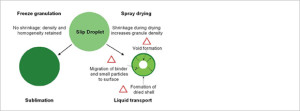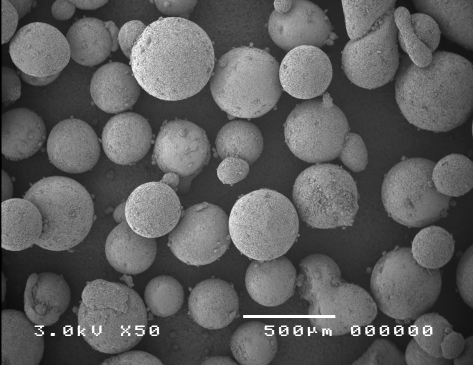If you are looking for optimal homogeneity in your granulated material, then you should evaluate our unique granulation technology – Freeze Granulation!
Today, Freeze Granulation is the only granulation technology that will preserve the homogeneity from suspension to dry granule, which is crucial for good results in most processes.
Spray cooling or rather called spray freezing is the first step in the freeze granulation process where a suspension is atomized, sprayed with a nozzle, into a chamber with liquid nitrogen. The small droplets are then rapidly frozen with a minimum of ice crystal growth. The frozen material (granules) are then transferred to a freeze dryer where the ice is removed by sublimation, i e never go through a liquid state that ensure homogeneity preservation.
—
Please contact us and we will further discuss the opportunities with Freeze Granulation on your powder system and read more on technology and we propose a Granulation Test of your powder system.








